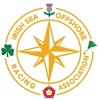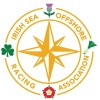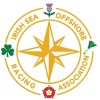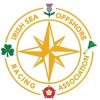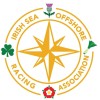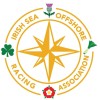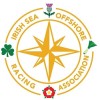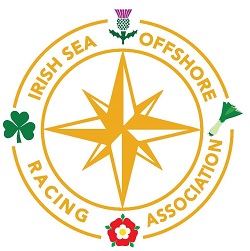 The germ of ISORA started after the war when Irish Sea racing was at an extremely low ebb, although there was a tradition of such races such as the Tranmere Sailing Club’s Midnight Race, run since 1907, and the Llandudno Race run by the Royal Mersey Yacht Club as a feeder race for the Menai Straits Regatta.
The germ of ISORA started after the war when Irish Sea racing was at an extremely low ebb, although there was a tradition of such races such as the Tranmere Sailing Club’s Midnight Race, run since 1907, and the Llandudno Race run by the Royal Mersey Yacht Club as a feeder race for the Menai Straits Regatta.
In order to revive interest in offshore racing, Peter Brett and Mostyn Vicars formed the “Merseyside and North Wales Joint Offshore Co-ordinating Committee” which laid the foundations of our present organisation. The following extract from the minutes defines its activities and make-up:-
” The purpose of the committee is to assist and encourage clubs in the Merseyside and North Wales area in the sponsoring of offshore races in the Irish Sea under the R.O.R.C. rating and time scale. The Committee, which is composed of representatives of the R.O.R.C. and certain local clubs, does not sponsor races itself. Offers from clubs in the district to sponsor such races will be very welcome, and every possible assistance will be given”.
The statement of intent has been the basis os all our subsequent activities. Originally the races were confined to those offered by the Royal Mersey, Tramere, Royal Welsh, Royal Anglessey and Royal Dee Clubs, but by 1960 the objective of widened interest was being achieved and extra races under the burgee of South Caerarvonshire Yacht Club and Holyhead Sailing Club were included. The Merseyside and North Wales Joint Offshore Co-ordinating Committee continued to provide a central administration for all this activity, which by 1963 increasedto no less than twenty-one races. Such a programme was beyond the scope of the secretariat and it was feared that the original object of fostering interest might well be defeated through inadequate organisation.
At the annual meeting held at the Royal Mersey Yacht Club on 14th October, 1963 the Merseyside and North Wales Joint Offshore Co-ordinating Committee was dissolved and a new body to be known as the North West Offshore Association (N.W.O.A.) was formed. A committee under the Chairmanship of Michael Tomlinson was elected and they declared their aim:-
” To organise, with the helpo of elected clubs, five offshore races each year. Four of those races were to be in excess of 70 miles, i.e. definitely offshore, and the fifth to be a R.O.R.C. race in excess of 200 miles.
Still based mainly along the Lancashire and North Wales coastline, N.W.O.A. continued along the lines laid down by the founders, although a sixth race – the Tod Trophy, was included at a later date to allow the ever increasing ‘B’ fleet to have racing while their larger sisters were away taking part in the annual R.O.R.C. event. Over the years it has become obvious that as well as good support for our races from the eastern shores of the Irish Sea, an increasing number of entries were from the Dublin Bay area. In 1971 these Irish entries equalled in number those from all other home ports.
It seems that once again the time had come to see if the N.W.O.A. needed bringing up to date, and so in line with tradition, a meeting was called at the Royal Mersey Yacht Club, to which representatives of almost every club around the shores of the Irish Sea were invited. It was suggested that it was time that the N.W.O.A. should widen its sphere of activity to include this whole area and representatives from the Ribble, Mersey, the Menai Straits, Anglesey, Cardigan Bay and the Isle of Man and the whole of Ireland’s east coast agreed that this was a good idea, and an attempt should be made to produce an integrated racing programme over this area.
It was decided to change the name to the “Irish Sea Offshore Racing Association” as the most suitable indication of the area in which the clubs are situated. It was also decided that it would be possible to extend the racing programme to include boats from the Isle of Man, the North of Ireland and the Ribble without seriously changing the traditional races (which had been enjoyed so much over the past few years), by including races which the clubs in these areas had run in the past and in which boats from each area should be asked to travel to starts away from home twice, take part in a R.O.R.C. race (or its small equivalent) as well as starting twice from their home ports. It was also agreed that in 1972 racing should be offered for a third class – namely class ‘C’ entries to which would be restricted to boats that had not got divided underwater profiles.
At the beginning of the 1972 season, Sandy Taggart from the Clyde approached the English part of the asssociation and asked if we would be willing to include certain Clyde races in our programme and this we agreed to do so. Since the early 70′s a week’s offshore regatta has become popular and developed – The Captains Cup in the South of the Irish Sea and the Comet Wheel Series on the Clyde. From these two events the bienniel ISORA Race Week evolved.
However, after reaching it peak in 1984 with an average of 47 boats in each race, the numbers again steadily declined. By 2007, when the average numbers of starters had declined to unsustainable levels, there were plans to dissolve the Association. In an effort to sustain ISORA and offshore racing in the Irish Sea the National Yacht Club undertook to run the Association for the three year trial period. During this time, while working in conjunction with the Royal Alfred Yacht Club and the Lee Overlay Offshore Series, average numbers started again the increase. By 2010, the average numbers of starters were again at sustainable levels and interest in ISORA and offshore racing was revived.
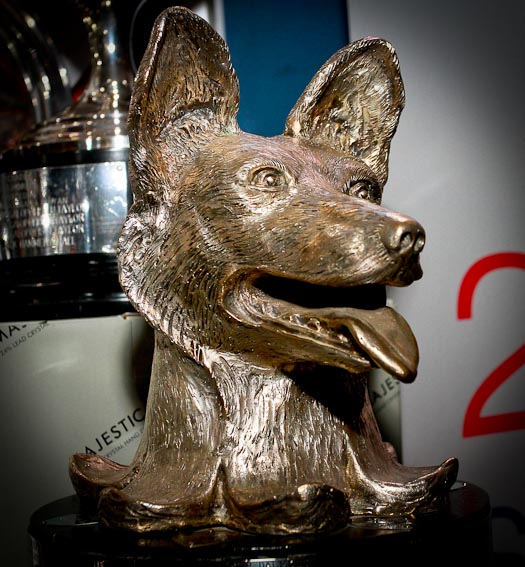 ISORA continues to grow with average number of boat starting each race at in 2012 at 17 boats with a maximum numbers of starters of 22 in the Night Race in 2012.
ISORA continues to grow with average number of boat starting each race at in 2012 at 17 boats with a maximum numbers of starters of 22 in the Night Race in 2012.
ISORA’s highest award for the Offshore Champion is the Wolf’s head Trophy.
The Wolf’s Head Trophy was presented by Mr David Pearson in 1977 when he was Commodore of the Royal Dee Yacht Club initially for a one-off race to commemorate the Queens Silver Jubilee, but for use afterwards as an annual trophy presented to the top-performing yacht in ISORA.
The Royal Thames Yacht Club came up with the idea that UK yacht clubs would organise racing to celebrate the Queen’s Silver Jubilee. The race in the Irish Sea was held off Holyhead and it is believed that the race followed a format set down by RTYC. It involved going round a number of buoys over a period of time and logging times, etc. It was open to almost any type of cruiser or racer, 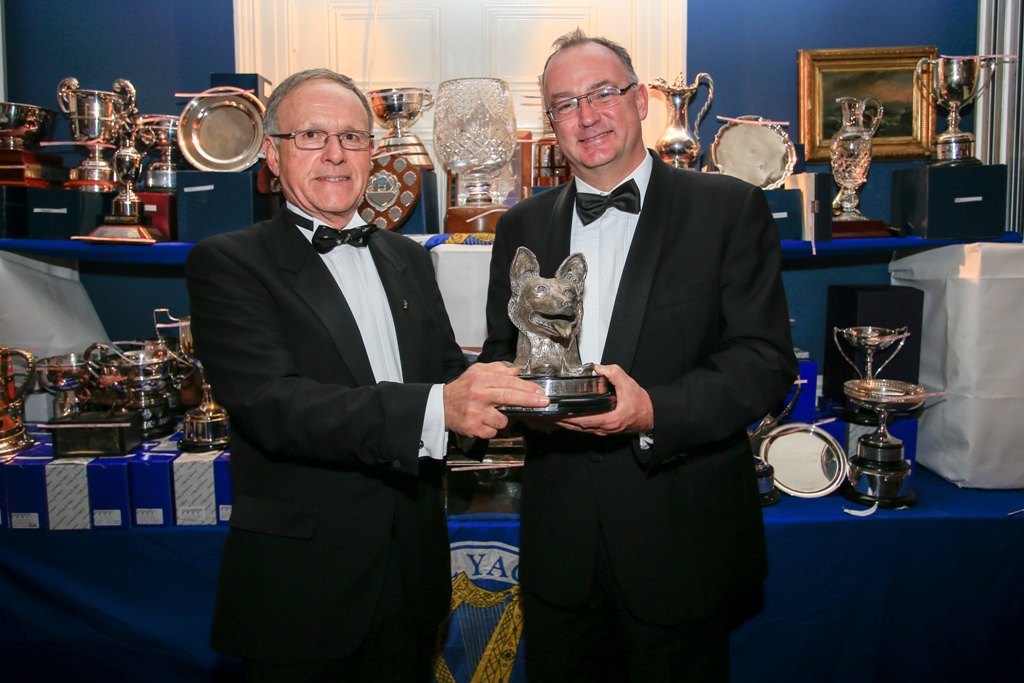 with or without a proper IOR handicap. A copy of the rules has not survived but participants recall the race being of a strange format and it was not repeated.
with or without a proper IOR handicap. A copy of the rules has not survived but participants recall the race being of a strange format and it was not repeated.
David Pearson’s decided that the Wolf’s Head Trophy, after the initial Jubilee Race, would be used for the top dog in the Irish Sea and it has been presented every year thereafter by the Irish Sea Offshore Association (ISORA).
Follow this link for a list of Wolf's Head Trophy winners
Winkie Nixon article on ISORA 1984




